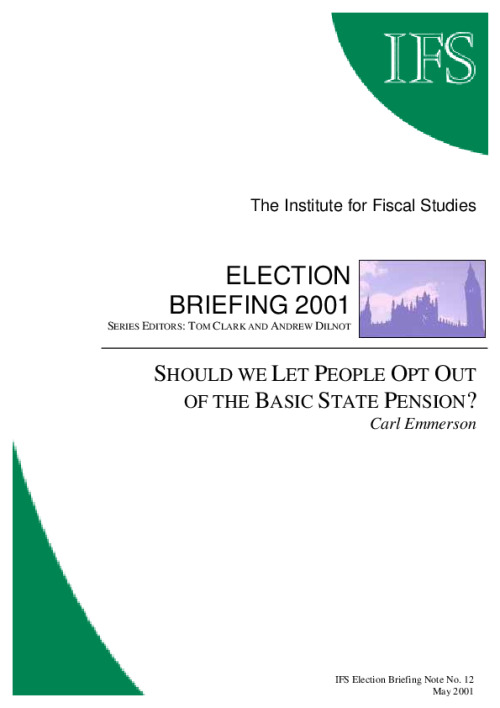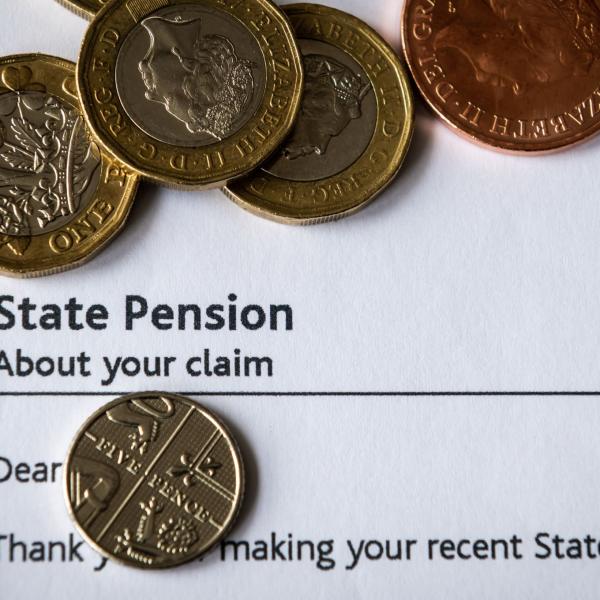For future generations of pensioners, the Labour government has followed the general thrust of reform seen over the previous 20 years by expecting individuals to take more responsibility for their own pension savings through increased use of private pensions.2 While the current generation of pensioners receive 40% of their income from private sources, the policy of the current Labour government is to aim for this to increase to 60% by 2050.3 It is hoped that this can be achieved by continuing to target additional state resources at those on low incomes through the minimum income guarantee, the pension credit and the state second pension, while continuing to price-index the basic state pension. Middle and higher earners are increasingly being encouraged to make their own private pension provision, for example through the introduction of stakeholder pensions.
The UK pension system has been subject to almost continuous structural reform since the Social Security Act of 1975 introduced, from 1978, the State Earnings-Related Pension Scheme (SERPS). From 1980 until 1997, successive
governments reduced the future generosity and cost of the state pension
system. Since 1997, the government has increased the generosity of state
commitments to the current generation of pensioners, the most significant
change being the substantial increases in means-tested benefits for low-income
pensioners.










